What are ABS brakes and all the trickery behind them!
ABS or Anti-lock Braking System has become quite common, lately. Although there are still a few locally produced cars that don’t offer ABS, it would not be wrong to say that the technology is becoming standard every day. A few local vehicles with no ABS are Mehran, Bolan, Ravi, and Wagon R. In imported used Japanese cars, there is a sure shot that you will get the ABS.
Also Read: Understanding brake bias and its impact on safe driving
Most of us know what anti-lock (anti-skid) braking system is. In simple words, the car does not lock the wheels when you apply the full brake. In cars without the ABS, if you apply enough force on the brake pedal that is greater than the tire’s capacity for grip, there is a chance of the tires locking up and causing the vehicle to skid. This can be dangerous, as the driver can lose control of the car easily in such scenarios. The car will not steer if the front wheels are locked and skidding. The ABS makes sure this doesn’t happen. The system doesn’t let the tires lock up, and the driver keeps the control of the car while steering the car away from whatever is in the front. ABS is usually supplemented by EBD (electronic brakeforce distribution), but that is for another time.
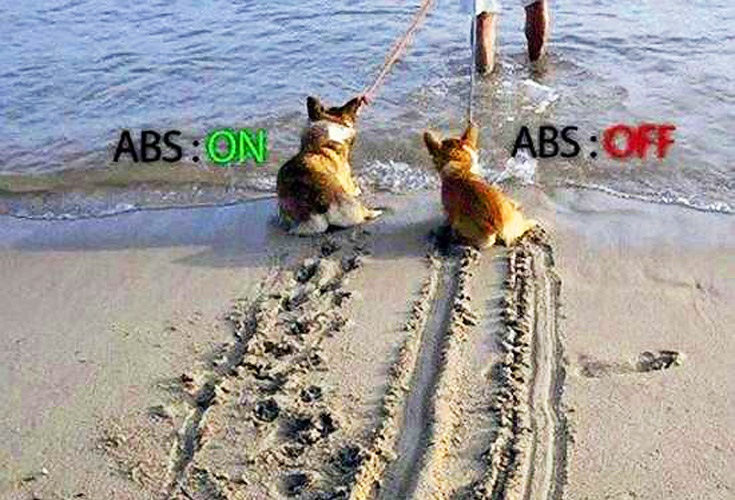
In this blog, we will be talking about how the ABS works; the basic operation and the parts included in the system. Also, before we start, there is a general misconception that ABS only works in cars that come with 4-wheel disk brakes. That is not true. There are several cars with the anti-lock braking system that have disks in front and drums in the rear. Our locally assembled Honda City is the prime example otherwise almost all small imported Japanese cars have the same configuration and have ABS as well.
So let’s start how the anti-lock braking system works. First, you need to know that there is a sensor near each wheel of the car. Four tires meaning four sensors. These sensors continuously measure the rotation of their respective wheel; rotating wheel means the car is in motion, of course. These ABS sensors are mounted on the inner side of the wheel; usually on the knuckle of the car. How do these sensors detect that a tire has stopped spinning (locked), you might ask? Well, there is usually a toothed cog or a tonewheel that spins along with the wheel. The sensor is mounted near that cog and detects the variation in the reading caused by the teeth of the cog/tonewheel. And as long the tonewheel is spinning, the sensor knows the wheel is spinning as well, but as soon the tire starts to slow down compared to the other spinning wheels, or completely locks, making the tonewheel stop rotating as well, the sensor will detect the variation in the reading, and this is the time for the ABS to kick in.
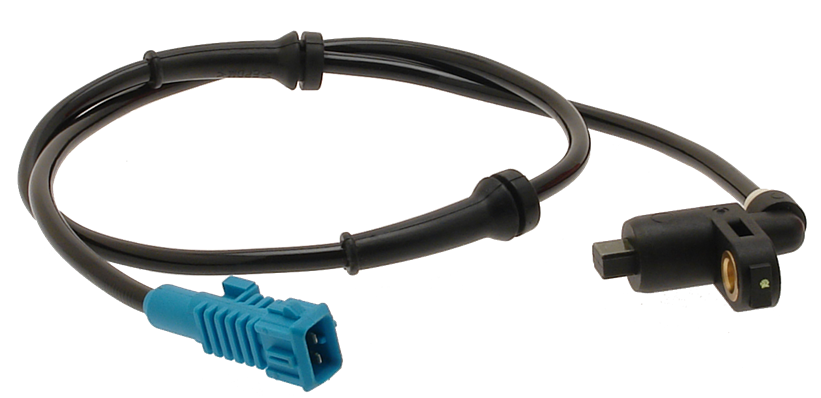
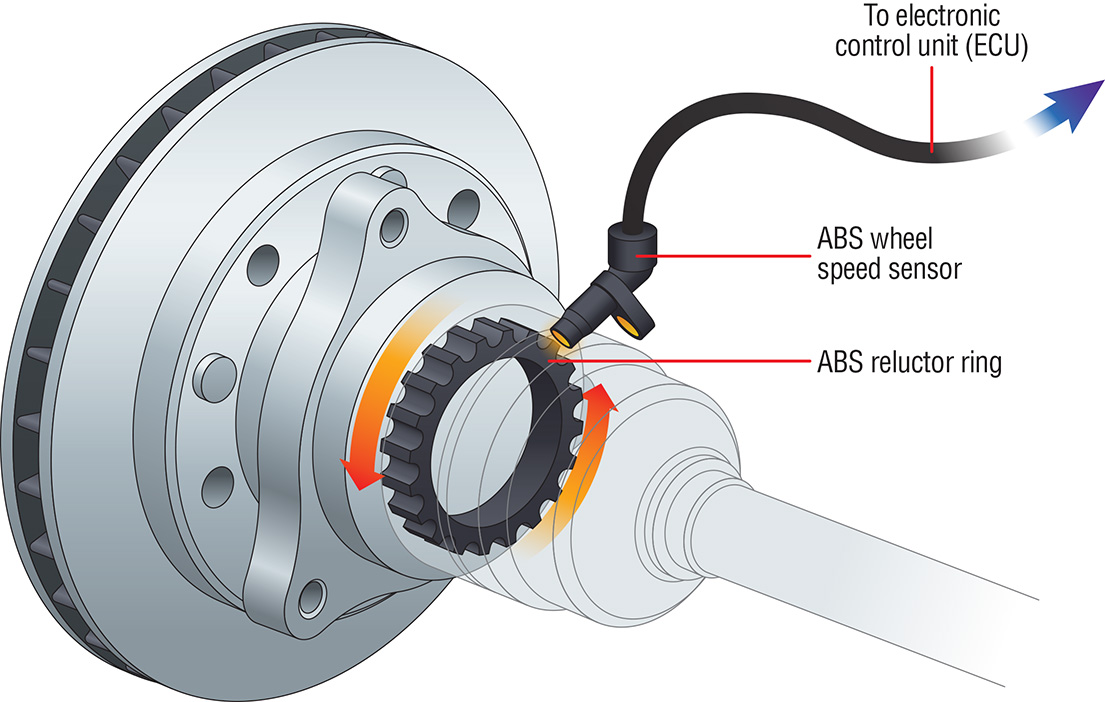
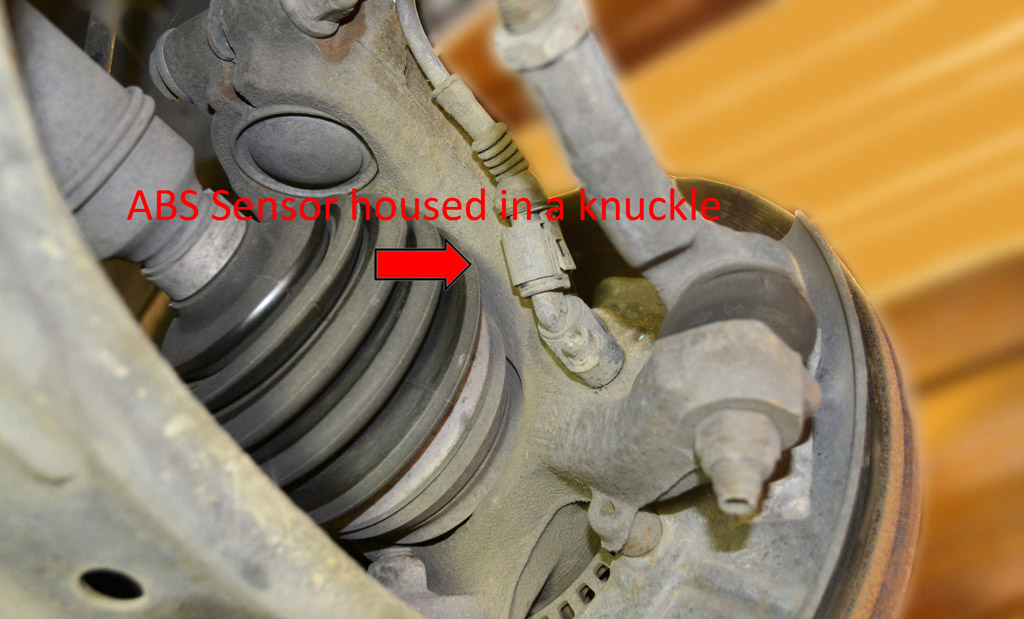
The sensors continuously send the speed/rotation data to a system known as ABS modulator. The modulator itself is controlled electronically. Some cars have an independent electronic module unit that controls the ABS, whereas some car companies integrate the system in the vehicle’s onboard engine management system. The module keeps on comparing the speeds of each wheel with the help of the sensors. As mentioned above, when the sensor signals the module that one wheel is spinning slower compared to the other wheels, meaning it is about to lock up by losing traction, the module instructs the brake master cylinder to cut/reduce the brake pressure to that particular wheel. This makes the wheel to start spinning along with the other wheels once again and gaining traction. But as soon the wheel starts spinning again, the ABS module instructs the master cylinder to apply brake force on that wheel once again and cuts the feed again. This process happens up to 20 times a second. That is the judder you feel when you apply emergency braking on a car equipped with an ABS unit. This on-off pulse of brakeforce allows the vehicle to slow down without locking the tires, helping the driver to maintain the control of the car.
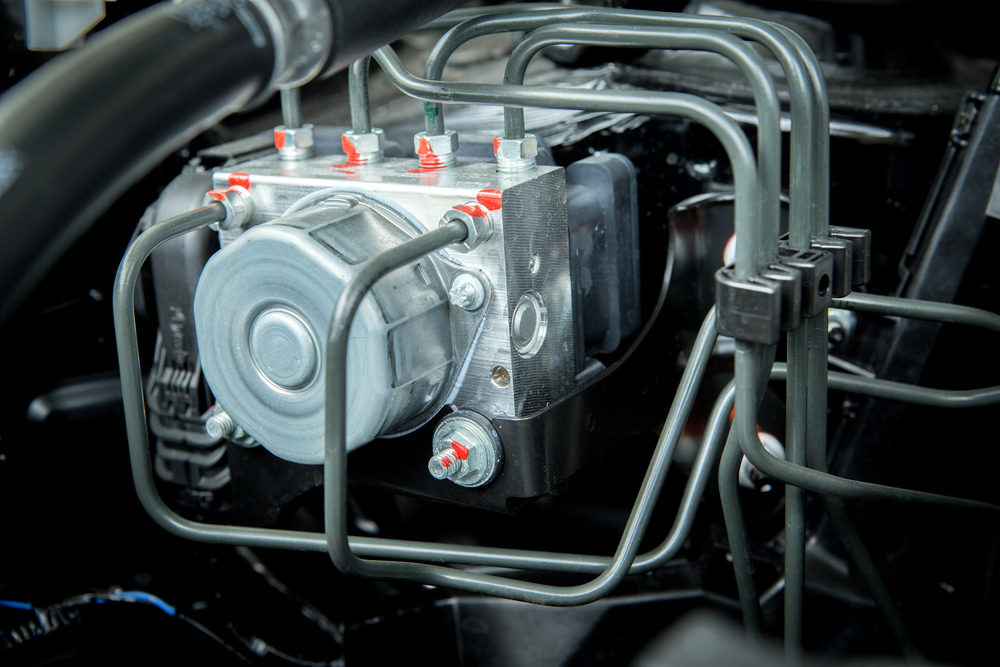
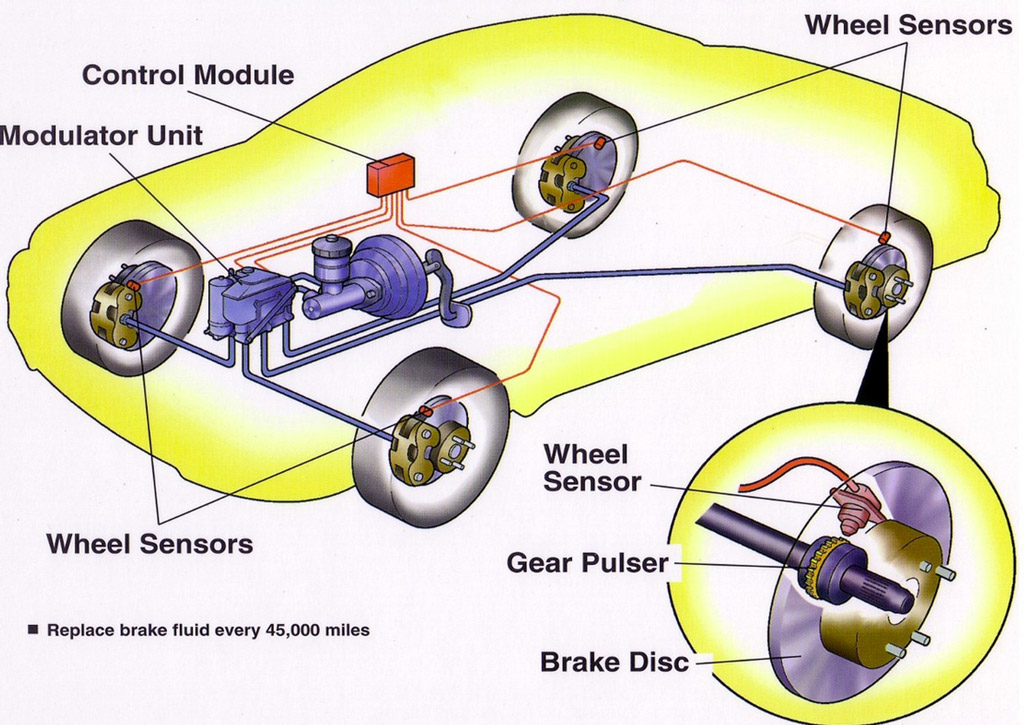
So this is pretty much all about ABS. It might sound simple, but to be fair, it is fairly complicated. As for those who want to add ABS to their cars, well if there exists a version of your car that comes with ABS, then you can switch and swap the parts to put ABS in your car. For example the new Cultus VXR and VXL. But that is too much of a hassle and I would suggest you rather get a car with ABS rather than installing a unit. A lot of things can go wrong. Until next time, happy motoring.

